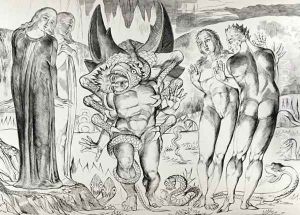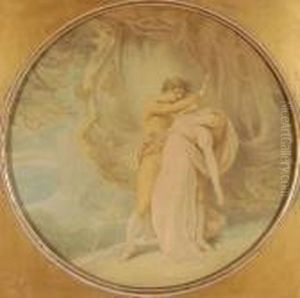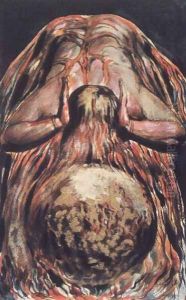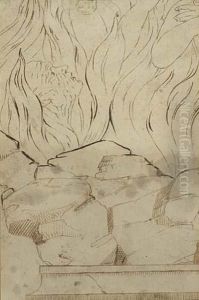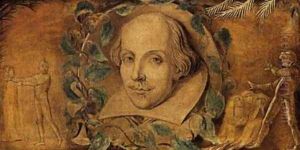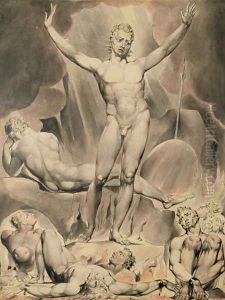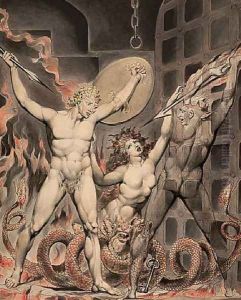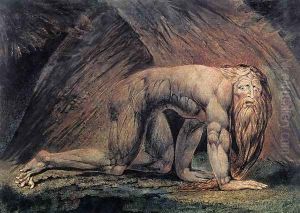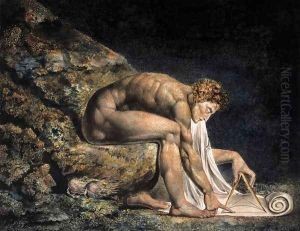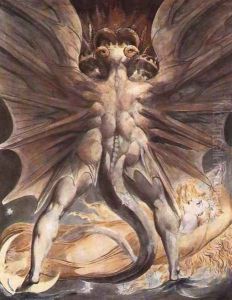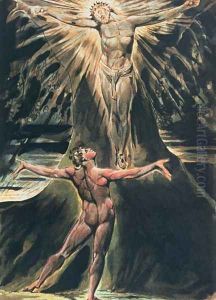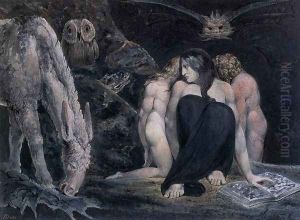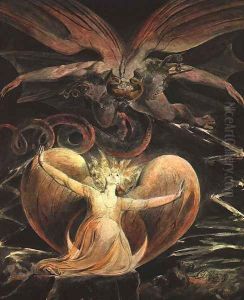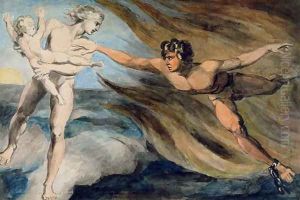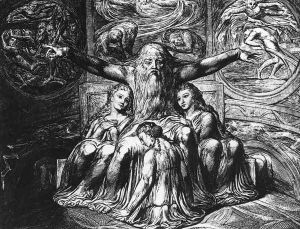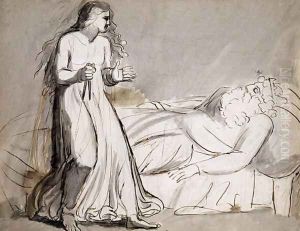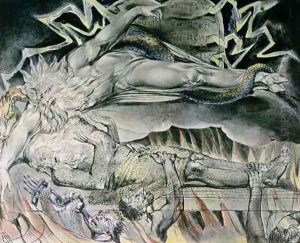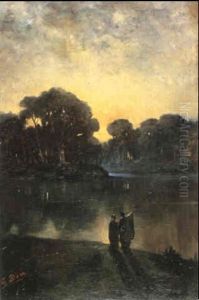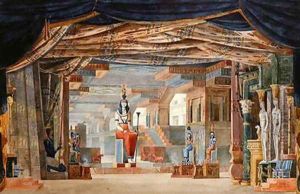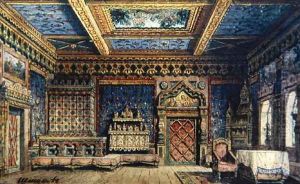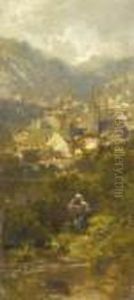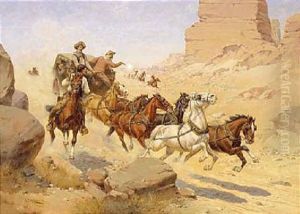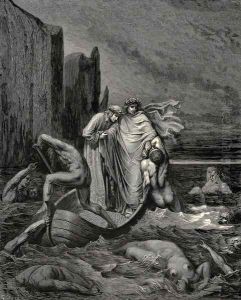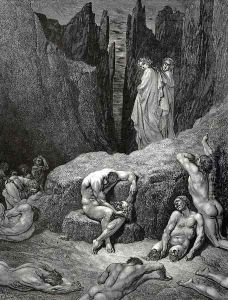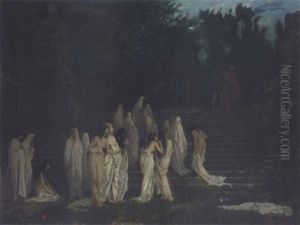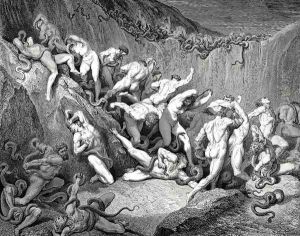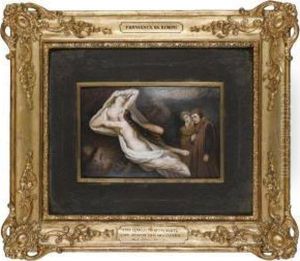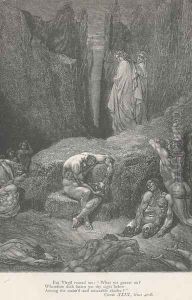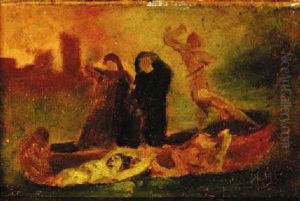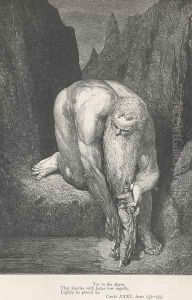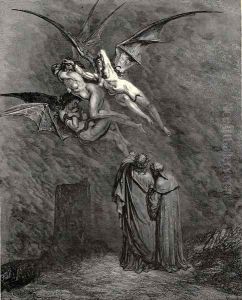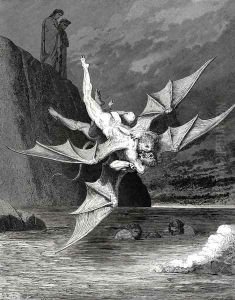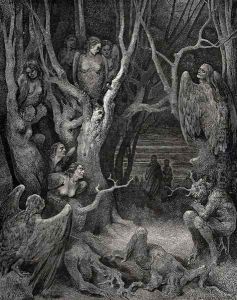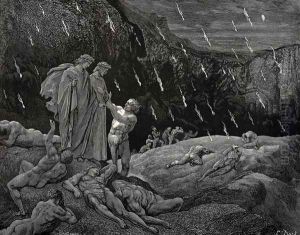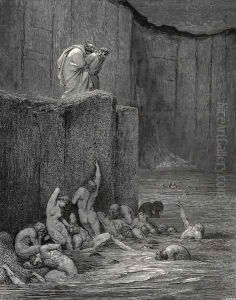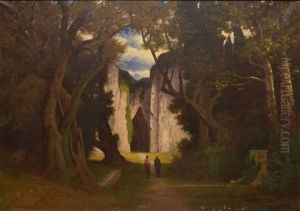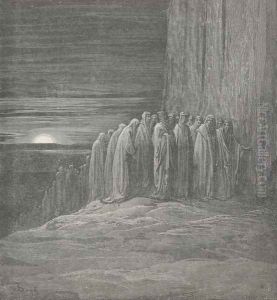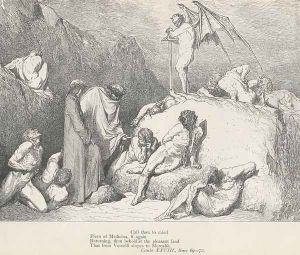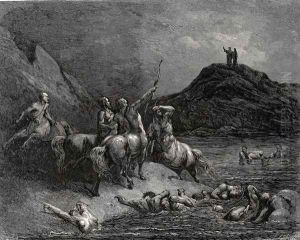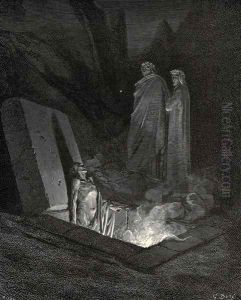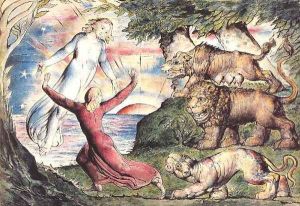





Inferno, Canto I, 1-90 Dante running from three beasts is rescued by Virgil
-
About Reproduction
Bring the timeless beauty of William Blake's Inferno, Canto I, 1-90 Dante running from three beasts is rescued by Virgil into your home with a handmade oil painting reproduction. Carefully recreated on canvas by skilled artists using traditional techniques, this piece captures the delicate brushwork, subtle light, and vibrant color of the original masterpiece. With museum-level quality and rich texture, it brings elegance and artistic depth to any space. Enjoy free shipping and make this masterpiece a part of your personal collection.
-
Original Description
In William Blake’s haunting illustration Inferno, Canto I, 1-90: Dante Running from Three Beasts is Rescued by Virgil, the viewer is thrust into a spectral realm where fear and salvation intertwine. Blake’s distinctive Romantic sensibility permeates the scene—Dante’s trembling form flees from the leopard, lion, and she-wolf, their exaggerated, almost mythological presence amplifying the psychological turmoil. Virgil emerges as a solemn guide, his outstretched hand a beacon of hope against the swirling, dreamlike backdrop. Executed in Blake’s signature pen-and-ink and watercolor style, the work balances delicate detail with dramatic intensity, reflecting his mastery of blending poetic narrative with visual allegory. Created as part of his 1824-27 series illustrating Dante’s Divine Comedy, this piece exemplifies Blake’s rejection of rigid Neoclassicism in favor of emotional depth and spiritual symbolism. Though lesser-known than his prophetic books, these Dante illustrations are revered for their visionary quality, cementing Blake’s legacy as a bridge between Romanticism and later Symbolist movements.
For a study or library, this artwork’s rich symbolism and muted tones demand thoughtful placement. Its ideal size—approximately 12x16 inches—suits intimate spaces where viewers can absorb its narrative depth. Frame it in an ornate gold or matte black frame to echo Blake’s Gothic Romanticism, pairing it with deep burgundy or olive-green walls for a harmonious contrast. In a minimalist office, let it command attention as a focal point above a wooden desk, balanced by brass or vintage leather accessories to enhance its timeless aura. Avoid overcrowding; the work thrives alongside subtle textures like raw linen or dark wood shelving. Lighting is key: a directed warm spotlight will dramatize the figures’ expressions, while diffused natural light preserves its delicate washes. This piece transcends mere decoration—it’s an invitation to contemplation, perfect for spaces where art and intellect converge.
-
Lead Time & Shipping
When you order this oil painting replica, it typically takes 2-3 weeks to paint. If the artwork is more complex, it might need a little more time to ensure the best quality. Once it's ready, we'll send you a photo for your approval. After you give the green light, we'll ship it to you for free.
-
Return & Refund
We believe in the quality of our hand-painted oil painting reproductions, and your satisfaction is our priority. If for any reason, you are not completely satisfied with your purchase, we offer a 45-day return policy. You can return your artwork within 45 days of receipt and receive a full refund. Please note that the artwork must be returned in the original packaging and in the same condition as it was received.





















